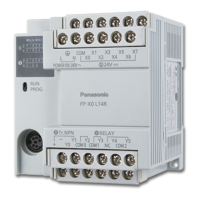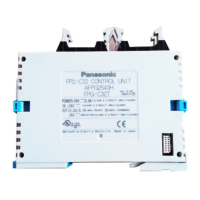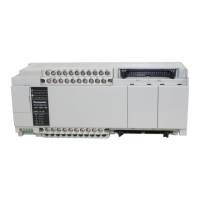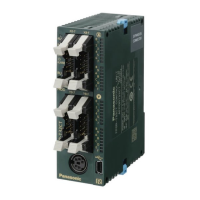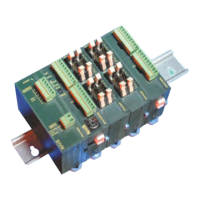Special instructions
1001
Part III FP Instructions
F148_ERR
Self-diagnostic error set/reset
At the same time, the self-diagnostic error-flag R9000 is set and ERROR LED on the CPU is turned
ON.
The contents of the error flag R9000 and the error no. can be read and checked using Control
FPWIN Pro (Monitor Display special relays and registers Basic error messages) or the
corresponding system variables.
Error number areas:
When n* = 100 to 199, the operation is halted.
When n* = 200 to 299, the operation is continued.
This instruction also exists as a P instruction (for FP2/2SH, FP3/5, FP10/10SH PLC types), which
is only executed at the rising edge of the EN trigger. Select [Insert P instruction] from the
"Instructions" pane if you require a P instruction. To facilitate reuse, the instruction then appears
under "Recently used" in the pop-up menu. Press <Ctrl>+<Shift>+<v> within the programming
area to open the list of recently used elements.
PLC types
Availability of F148_ERR (see page 1321)
Variable Data type Function
n* ANY16 Must be a constant
self-diagnostic error code number, range: 0 and 100 to
299
See also:
PLC status in the online help
For Relay T/C Register Constant
n* - - - - - - - - - dec. or hex.
No. IEC address Set If
R9007 %MX0.900.7 permanently
R9008 %MX0.900.8 permanently
n exceeds the limit.
Description
The error no. specified by n* is copied into the system variable sys_iSelfDiagnosticErrorCode that
reads the corresponding special data register. Setting n*=0, all error numbers greater than 43 are
cleared and the error LED turns off.
Data types
Operands
Error flags
Example
In this example, the same POU header is used for all programming languages. For an example
using IL (instruction list), please refer to the online help.
POU header
All input and output variables used for programming this function have been declared in the POU
header.
Body
When the variable start is set to TRUE, the function is carried out.
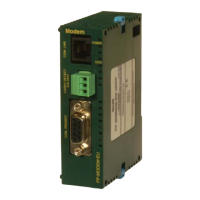
